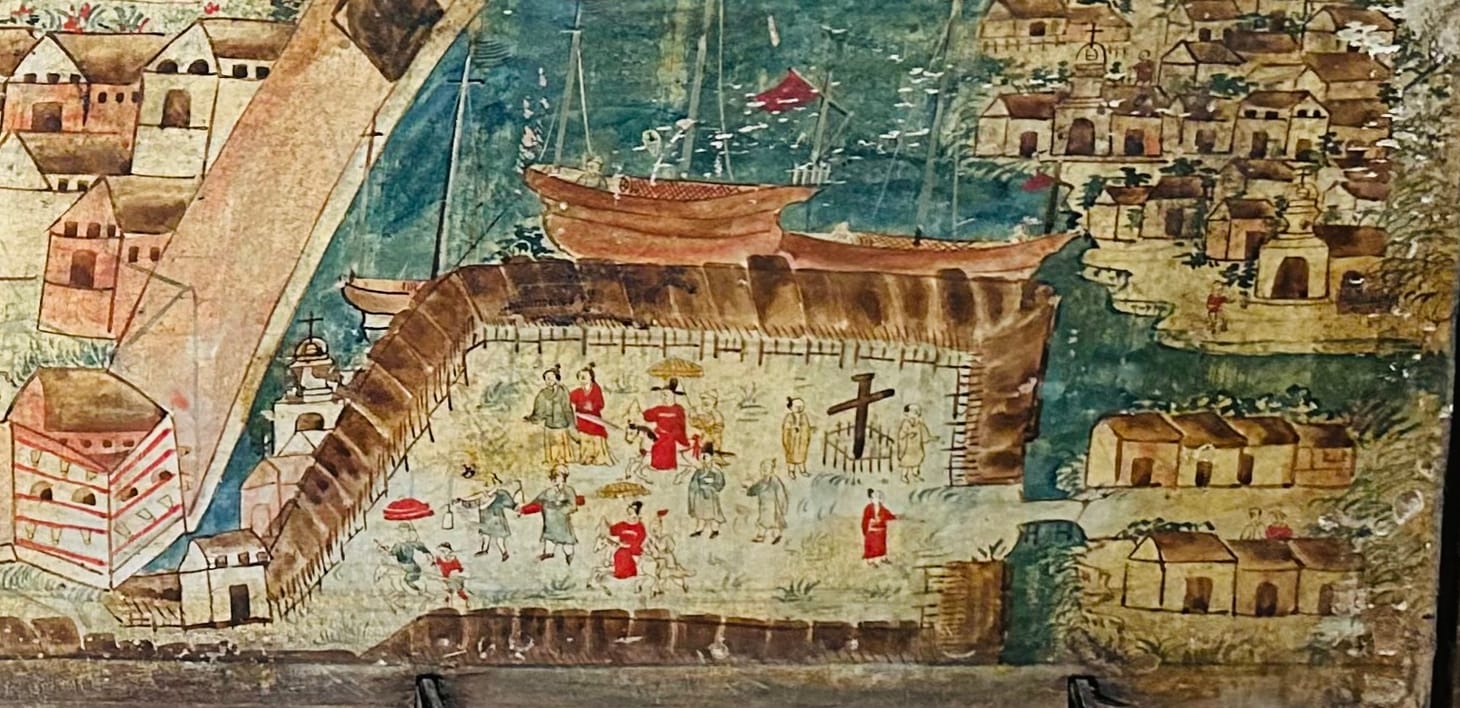“The City Can Neither Go On Nor Maintain Itself without these Chinese”: Manila’s Chinese Community in the Sixteenth and Seventeenth Centuries
Discussion of teaching the influence of Manila’s Chinese Community in the 16th and 17th centuries

In the previous post, I discussed the limits of Spanish influence in the Philippines. There were always relatively few Spaniards and far more Filipinos, so the Spanish cooperated with Filipino elites to maintain “control” over the Philippines. Manila was the one location where it was possible to imagine the Spanish having more influence. The city was the Spanish colony’s capital and the most important city in the trans-Pacific trade. The Spanish even called the city the “Pearl of the Orient.”

When we look at a map of the trans-Pacific trade, Manila looks to be a stopover in trade between Acapulco, Mexico, and Guangzhou, China. We might even call Manila an entrepôt in early modern trade. In certain respects, that label was accurate. Even though Manila was technically a Spanish city, people from all over the world visited the city. In 1662, a visiting friar described the people in Manila:
The diversity of the peoples who are in Manila and its environs is the greatest in the world, for these include men from all kingdoms and nations—Spain, France, England, Italy, Flanders, Germany, Denmark, Sweden, Poland, Muscovy; people from all the Indies, both east and west; and Turks, Greeks, Persians, Tatars, Chinese, Japanese, Africans and other Asians.
But did all these people have equal influence in the city? Despite the notion of Manila being a Spanish colony, the Chinese population was always numerically greater than the relatively small Spanish population. When we teach about Manila’s influence in the trans-Pacific trade, we must highlight how Manila’s Chinese community made this trade possible and even dominated the city.
China’s Trade with the Philippines
This content is for Paid Members
Unlock full access to Liberating Narratives and see the entire library of members-only content.
SubscribeAlready have an account? Log in



